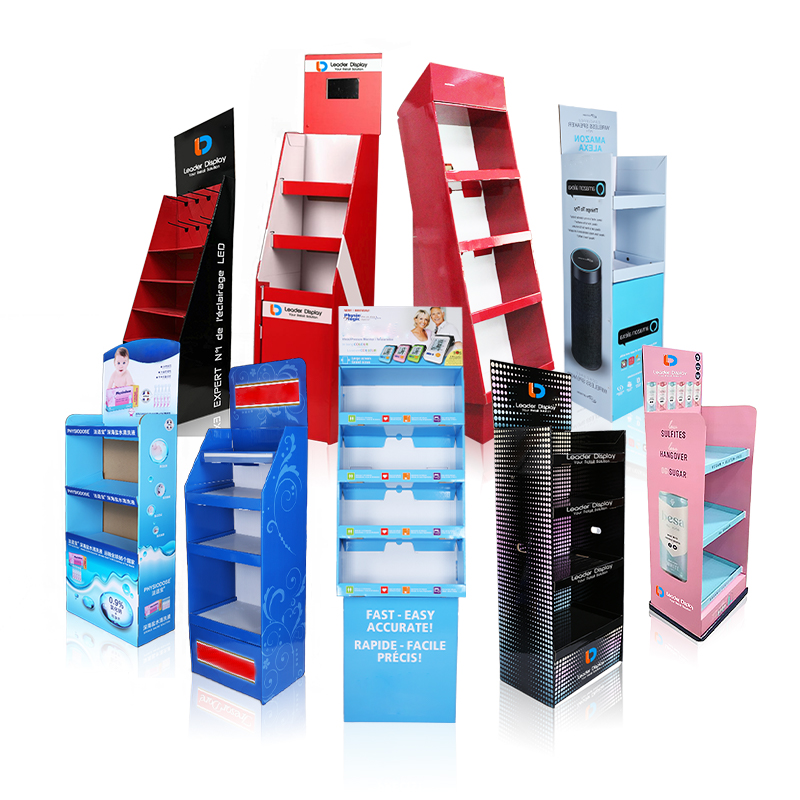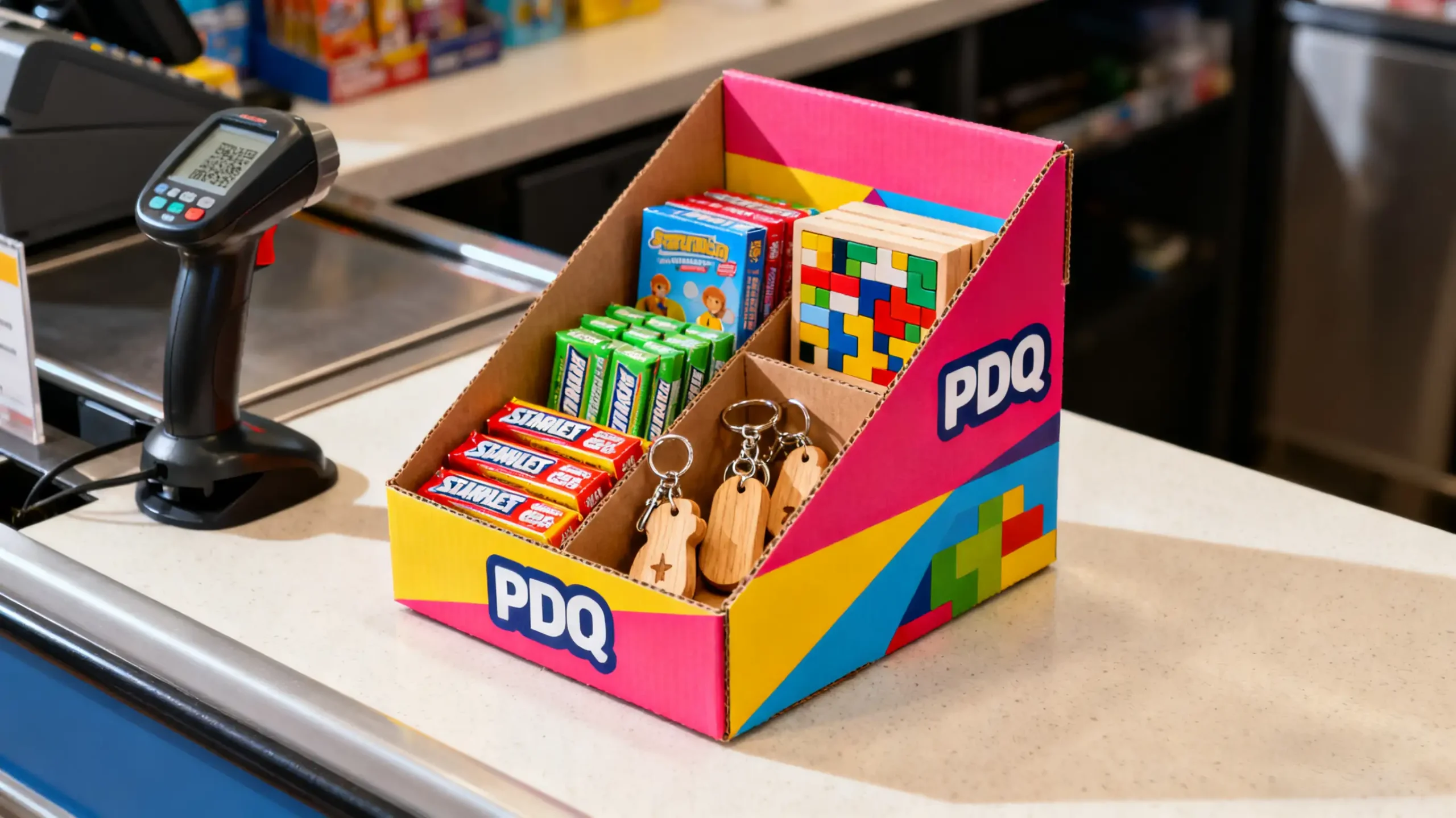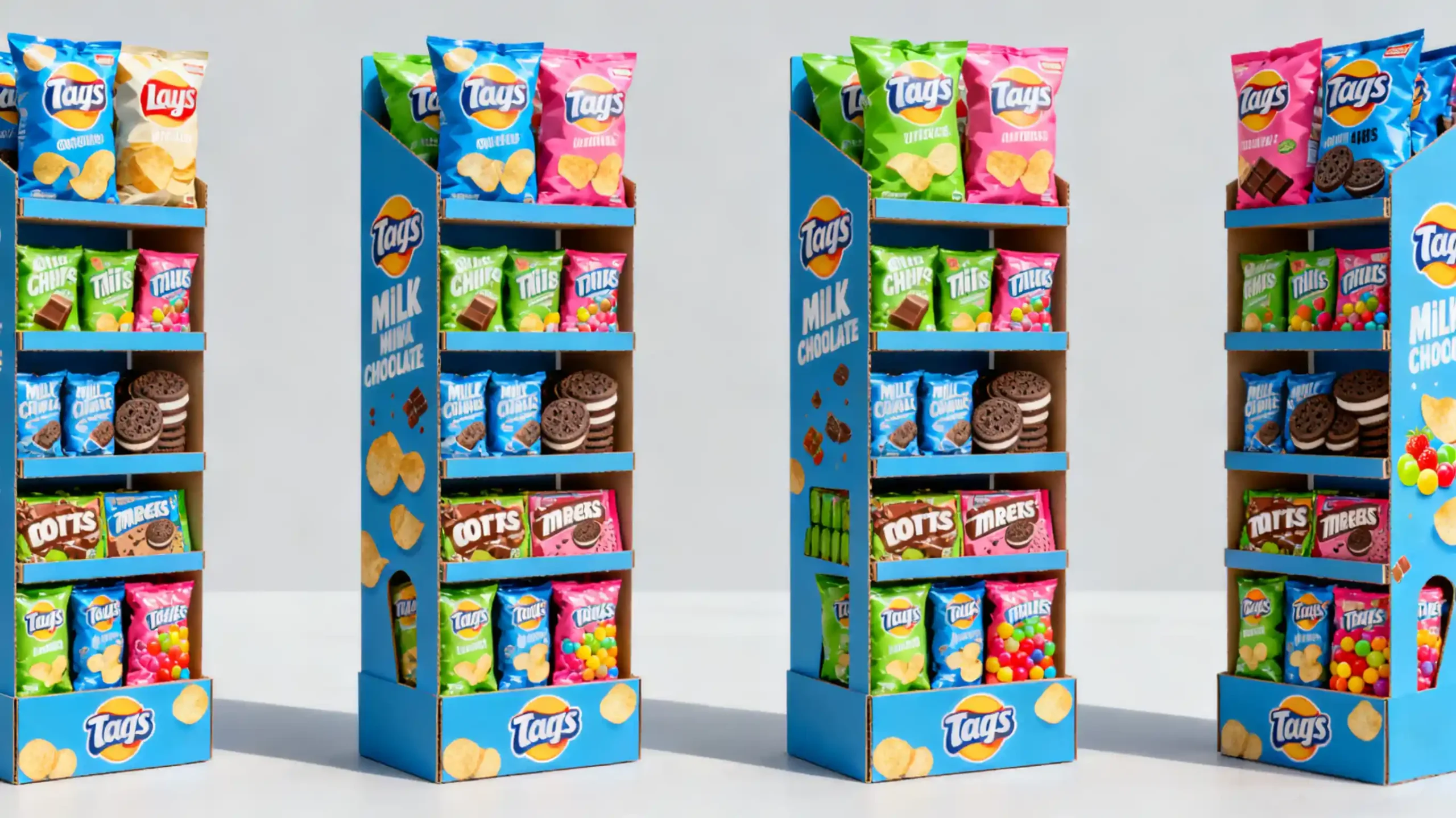Are you struggling to capture your customers' attention in a crowded retail space? It's frustrating when your products don't get the notice they deserve. The right visual merchandising can turn things around.
Visual merchandising is your silent salesperson. It uses design, layout, and displays to create an experience that guides customers, highlights your products, and ultimately drives sales by making your brand unforgettable.
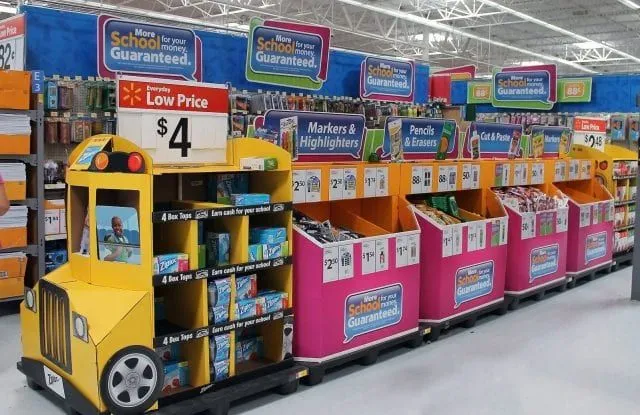
I've been in the cardboard display and packaging industry for 16 years, and I've seen firsthand how powerful visual storytelling can be. It’s more than just arranging products on a shelf; it’s about creating a journey for your customer. Let me share some insights on how you can use visual merchandising to not just sell, but to build a loyal following for your brand.
How can storytelling increase your sales?
Your customers are looking for more than just a product; they want to connect with your brand on a deeper level. Without a compelling story, your products can easily get lost in the sea of competition.
A strong brand story, communicated through your displays, can create an emotional connection with your customers. This not only makes your brand more memorable but also gives customers a reason to choose you over others, directly impacting your sales.

In my experience, a well-told story can be the deciding factor for a customer. Think about it from a designer's perspective like Peter's. He's not just creating a box; he's creating an experience. The same goes for your retail space. Here’s how you can start telling your story:
Define Your Brand's Narrative
What is the core message of your brand? Are you about sustainability, luxury, or innovation? Your visual merchandising should reflect this. For example, if you're an eco-friendly brand, using eco-friendly solutions like recyclable cardboard displays can speak volumes.
Use a Consistent Visual Language
Your story should be consistent across all touchpoints. This includes your store layout, your displays, and your packaging. This consistency builds brand recognition and trust. Here's a quick breakdown of how to maintain a consistent visual language:
| Element | Description |
|---|---|
| Color Palette | Use a consistent set of colors that reflect your brand's personality. |
| Typography | The fonts you use on your signage and displays should be consistent with your brand's style guide. |
| Imagery | The images and graphics you use should all tell the same story. |
By focusing on these elements, you can create a cohesive and immersive brand experience that resonates with your customers and keeps them coming back for more. It's not just about making a sale; it's about building a relationship.
What are the key elements of visual merchandising?
Feeling overwhelmed by all the different aspects of visual merchandising? It's easy to get lost in the details and lose sight of the bigger picture. This can lead to a disjointed and ineffective retail experience.
Focus on the four core elements of visual merchandising: the exterior, the interior, the layout, and the displays. By mastering these, you can create a cohesive and engaging shopping experience that guides customers and boosts sales.
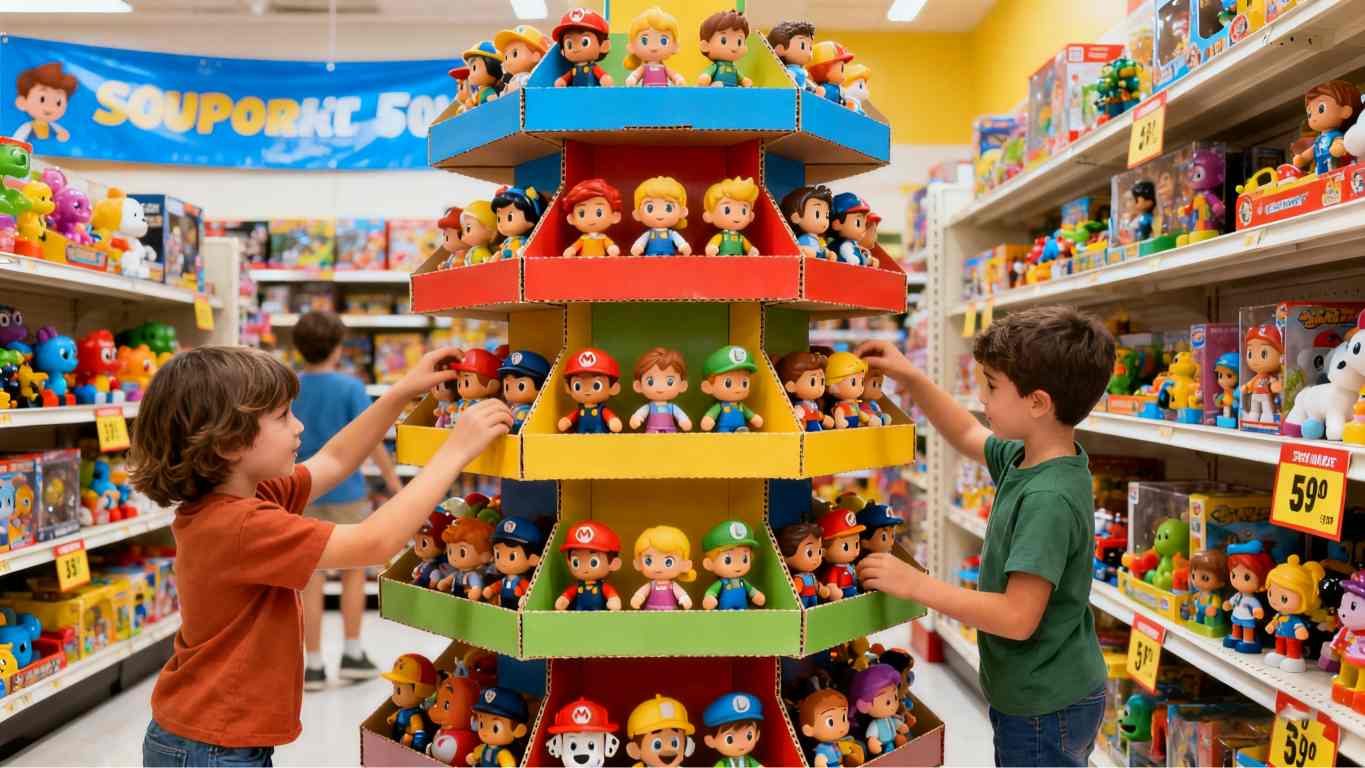
Let's break down each of these elements. As a designer, Peter would appreciate the structured approach to creating a holistic experience. It’s a process I’ve refined over my years of creating customized solutions for clients.
The Exterior: Your First Impression
Your store's exterior is your first chance to make an impression. It's what draws customers in. A captivating window display can be the difference between a passerby and a new customer. Think of your window as a billboard for your brand. It should be bold, on-brand, and intriguing.
The Interior: Creating an Atmosphere
Once customers are inside, the interior design takes over. This is where you create the atmosphere of your brand. The lighting, the music, the scent – it all contributes to the overall experience. A well-designed interior makes customers feel comfortable and encourages them to explore.
The Layout: Guiding the Customer Journey
The layout of your store is crucial for guiding customers on a journey. A well-planned layout can lead customers to high-margin products and encourage impulse buys. There are several types of store layouts to consider:
- Grid Layout: Common in grocery stores, this layout maximizes space and is easy to navigate.
- Loop Layout: This layout takes customers on a set path through the store, ensuring they see all the merchandise.
- Free-Flow Layout: This layout is more organic and encourages browsing and exploration.
The Displays: Showcasing Your Products
This is where my passion lies. Your commercial display stands are the stars of the show. They should not only be visually appealing but also functional. Different types of displays serve different purposes:
- POP Displays: Placed at the point of purchase, these displays are perfect for encouraging impulse buys.
- End-Cap Displays: Located at the end of aisles, these are high-visibility spots for promotions and new products.
- Pallet Displays: These are great for bulk items and creating a sense of value.
By thoughtfully considering each of these four elements, you can create a powerful and effective visual merchandising strategy that will set you apart from the competition.
How can you use trends to keep your merchandising fresh?
Are you worried your store's look is becoming outdated? In the fast-paced world of retail, what worked last year might not work today. Falling behind on trends can make your brand seem irrelevant.
Stay ahead of the curve by incorporating current visual merchandising trends. This shows your customers that you're in touch with what's happening in the world and keeps them excited to see what's new in your store.
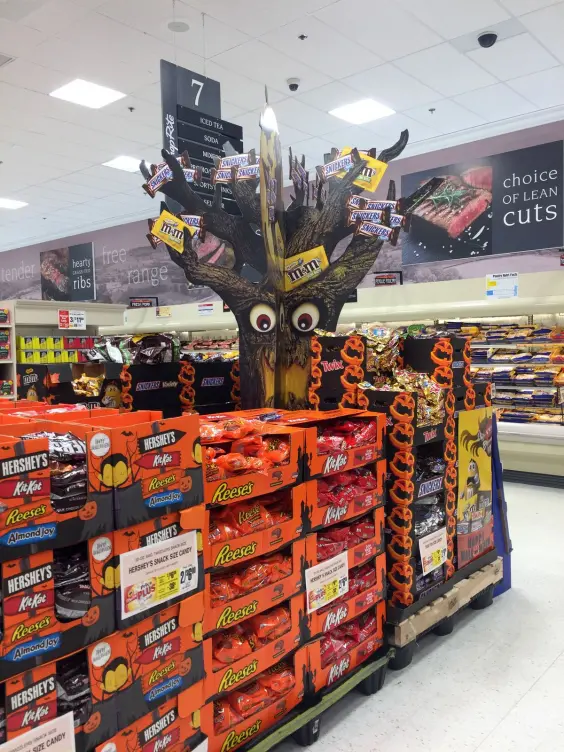
I've seen many trends come and go, but some have a lasting impact. As a designer, Peter knows the importance of staying current. Here are some of the trends that I believe will continue to shape the retail landscape:
Sustainability: More Than Just a Buzzword
Today's consumers are more environmentally conscious than ever. They want to support brands that share their values. This is why sustainability has become a cornerstone of modern visual merchandising. Using materials like corrugated cardboard for your displays is a great way to show your commitment to the environment. At lddisplay, we specialize in creating beautiful and durable cardboard displays that are also 100% recyclable.
Minimalism: Less is More
The minimalist trend is all about creating a clean, uncluttered space that allows your products to shine. This approach creates a calming and sophisticated atmosphere that many customers appreciate. A minimalist design can make your store feel more spacious and luxurious.
Maximalism: Bold and Beautiful
On the opposite end of the spectrum is maximalism. This trend is all about bold colors, patterns, and textures. It's a great way to create a fun and energetic atmosphere that will appeal to a younger, more adventurous audience. The key to successful maximalism is to be intentional with your choices so the space doesn't become overwhelming.
Wellness-Focused: Creating a Sanctuary
The wellness trend has made its way into retail design. This approach focuses on creating a calming and restorative environment for shoppers. Think natural light, plants, and comfortable seating areas. A wellness-focused design can turn your store into a sanctuary where customers can escape the stresses of daily life.
By keeping an eye on these trends and incorporating them into your visual merchandising strategy, you can create a retail experience that is both modern and timeless.
Conclusion
In short, effective visual merchandising is key to creating a memorable brand and boosting sales. By telling a story and focusing on the core elements, you can create an immersive experience that resonates with customers.



